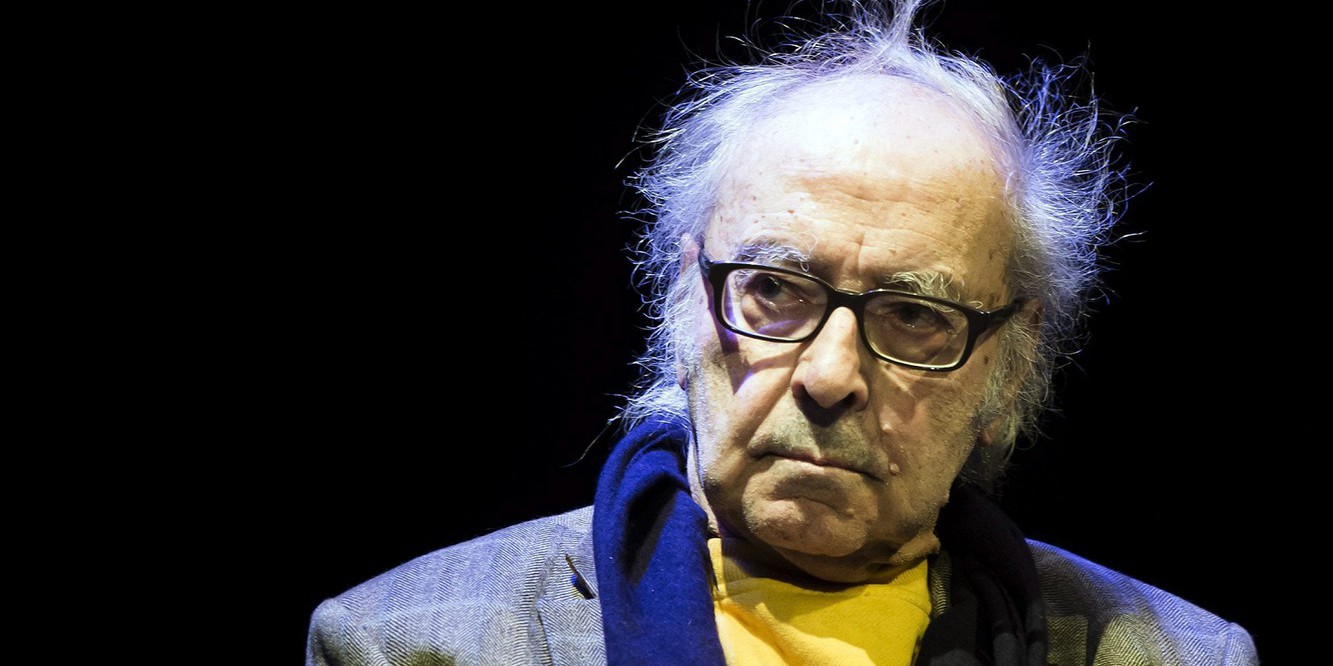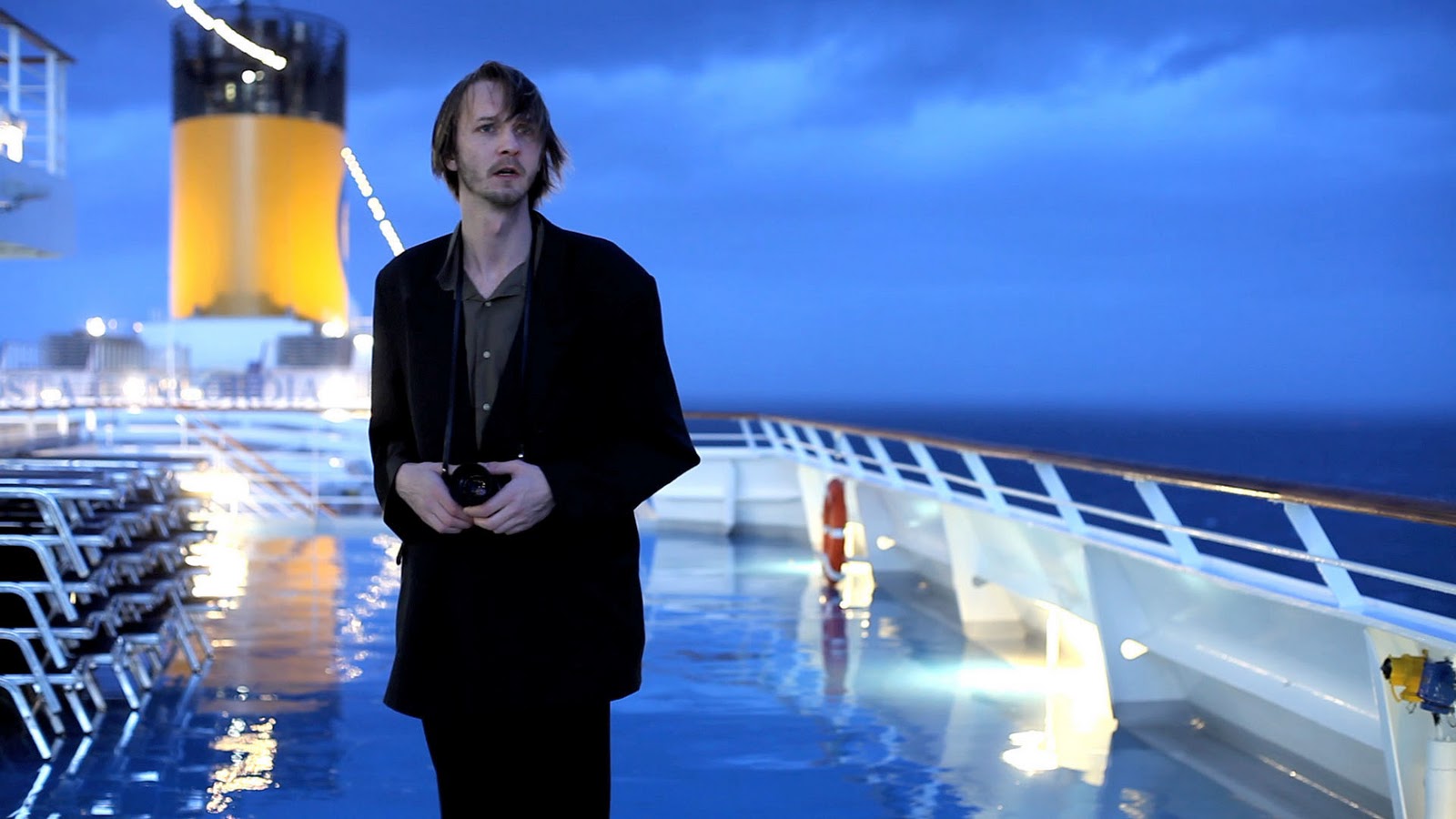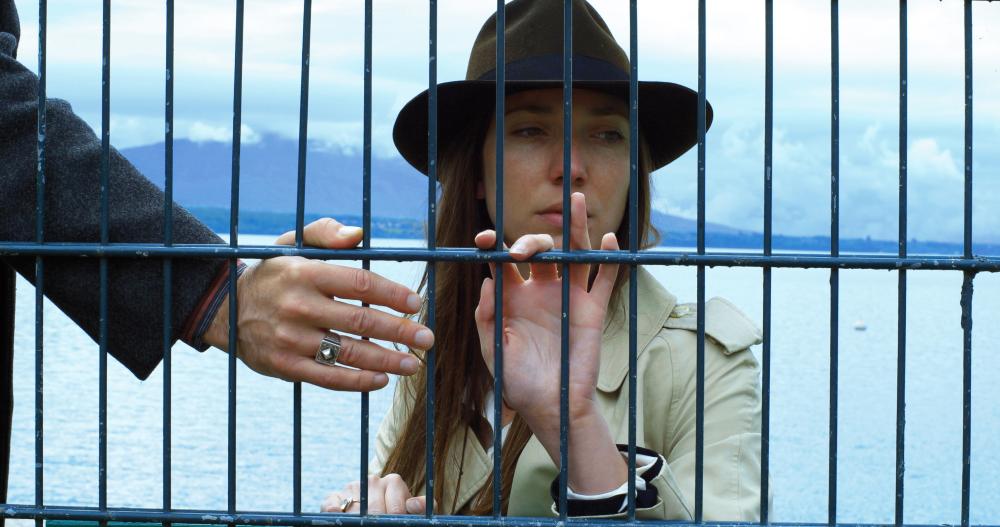
Jean-Luc Godard is a filmmaker born in Paris, France on December 3, 1930. Beginning his career as a film critic, the director’s debut feature film “Breathless” changed cinema forever.
Even though the French New Wave – or Nouvelle Vague – had such amazing directors like Agnès Varda, François Truffaut, Alain Resnais, Éric Rohmer, Claude Chabrol, and Jacques Rivette, Godard always seemed to be the most remembered (and influential) of them.
The films Godard made in this century might not be as acclaimed or understood as being as revolutionary as he was with movies like “Breathless”, “Alphaville”, “Band of Outsiders”, or “Pierrot le Fou”, but nowadays, it isn’t as revolutionary as it was cutting frequently between shots in the 60’s, or being bold enough not to. Isn’t it bold to transform movies to film critics? Basically abandoning plots? Or even bringing non-linear narratives to a whole new level?
With “Film Socialism”, “Our Music”, “Goodbye to Language”, and “In Praise of Love”, all feature films from Godard in this century, we can identify some of these marks. Up next, we can see 10 reasons why Jean-Luc Godard is as revolutionary today as he was in the 60s.
1. His Plots (or the pure absence of them)

It seems harsh to say that the latest Godard films have no plot at all, but in his latest constructions, through mixing archive images, different formats of filming, numerous titles, and transforming the sequences of his scenes into a puzzle, the filmmaker appears to be more worried about making a point than he is in constructing a narrative in a classical or modern way.
The ideas are all there, even when they seem to be floating through his titles, scenes, dialogues, or landscapes. In “Our Music”, hell, purgatory, and heaven have more influence in the narrative than the decisions of the characters. In “Goodbye to Language”, at some points, the dog is given more attention and is more explored as a character than the humans and their affairs.
Through these elements and spaces, Godard changes the atmosphere of the films to talk about society, communication, and people living in this century. If we can identify no specific plot in one of his latest movies, it might be because there is none. But even with no plot, there are still numerous elements that connect it with its audience and its time.
2. He Is Still – Or Even More – Visually Stunning

There is no doubt that the first time we watched “Breathless”, “Band of Outsiders” or “Pierrot Le Fou”, our conception of cinema had changed forever. The courage to change paradigms on shots and editing have made Godard who he is today.
But if we deny they were revolutionary 50 years later, were they revolutionary in the first place? The revolution that the French New Wave brought to cinema was adopted very fast by television, by the industry, and if you take a closer look, only 20 years later this was MTV.
“Film Socialism”, for example, has some of the best cinematography of the decade; the colors and the visuals are stunning. The camera work takes its time and the shots are more open, even when the image breaks to low-definition allied to terrible sound. Godard’s visual style is as great now as it ever was – and it has always been brilliant.
3. He Understood the Potentials of 3D Technology Better Than Most Filmmakers

Seeing “Goodbye to Language” in a movie theatre that was not 3D was the same as not seeing “Goodbye to Language”. The movie that gave Godard the Jury Prize at the 2014 Cannes Film Festival, shared with Xavier Dolan for the film “Mommy”, has an use of 3D that is not usually seen in the industry.
For this lack of communication or the death of language itself, we can see different things with different eyes, and still, everything and everyone is torn apart. You don’t see that in your latest list of blockbusters, do you?
4. “Goodbye to Language” is One of the Most Innovative Films of This Century

When BBC released its list of Best Movies of the 21st Century, we can see “Goodbye to Language” in 49th place. Even though the movie pays tribute to most of Godard’s classic nuances, the gun being represented by a knife and all the political and existential conversation, the two couples who are curiously united by the presence of a dog, and the two completely different endings, work as a warning for the human condition in our days.
“Goodbye to Language” is one of the biggest warnings regarding our lack of communication in this century and especially in the 2010s. The affairs, the relationship toward the dog, and the use of 3D, represents those filters that are pushing us away from reality, and is all particularly close to our ultra-connected society. Just remember the shot with the woman behind the fence. There are more and more barriers, and the future promises even more.
5. “Khan Khanne”: An Amazing Film/Letter

When Godard could not make it to the Cannes Film Festival in 2014, he sent a letter in the shape of a film to the jury. “Khan Khanne” features scenes from his movies “Alphaville” and “King Lear”, while the director explains with his characteristic voice that he is no longer in the place that this particular jury thinks he is anymore. His constant need to reimagine things, to seek other purposes, other formats, other narratives (or no narrative at all) is something that filmmakers decades younger than him should learn from.
At one point in the 8-minute film, Godard films himself with a camera that reminds us of a webcam; his eyes are out of the picture, he reads the text, and he does a voiceover that conflicts with the sound captured directly. At the end, Godard says: “Beyond that, this is not a movie. But it is my best.”